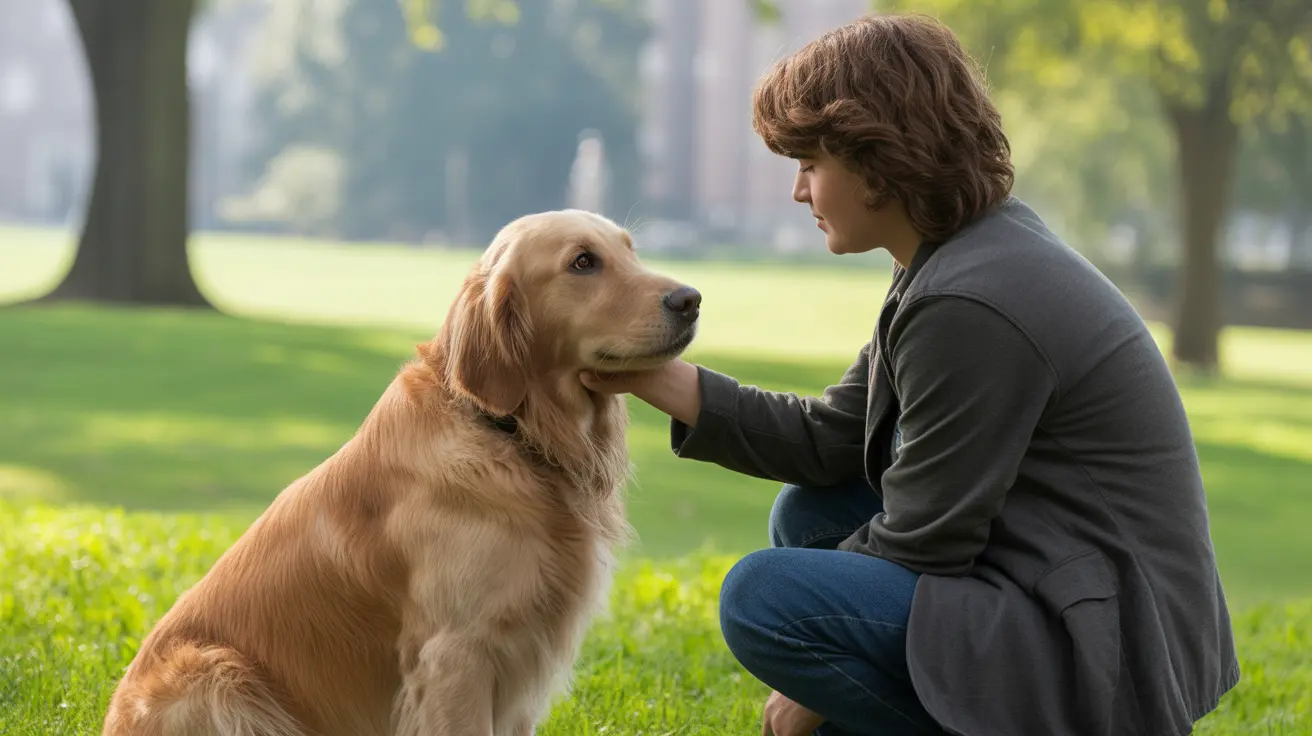Where Dogs Like to Be Petted: Understanding Canine Preferences
Recognizing Individual Differences
Many dogs love being petted, but their preferences aren't all the same. A dog's breed, personality, and past experiences shape how and where they like to be touched. Some dogs crave gentle strokes or massages, while others might shy away from physical contact altogether. It's not a one-size-fits-all situation—always pay attention to what each dog enjoys.
Popular Petting Spots for Most Dogs
There are a few areas that tend to be favorites among dogs:
- Chest: The hollows on a dog's chest are often a sweet spot. Firm, massaging strokes here usually get a positive reaction.
- Shoulders: Slow, firm strokes across the shoulders can help many dogs relax and melt tension away.
- Neck and Under the Chin: These areas provide comfortable, non-threatening contact—perfect for gentle scratches or rubs.
- Base of the Tail: Some dogs adore a gentle scratch or rub at the base of their tail (sometimes you'll even trigger that funny involuntary leg shake).
- Behind the Ears: This spot is packed with nerve endings. Gentle strokes or massages here are typically enjoyed.
- Along the Back: From between the shoulders down to just above the tail, slow and gentle strokes can be very comforting for most pups.
You might notice some dogs roll onto their backs and show you their belly. But don't assume that's always an invitation for a belly rub—it could also mean they're feeling submissive or asking for space. Only go for a belly pet if you know your dog likes it and is clearly inviting you.
Areas Most Dogs Prefer You Avoid
Certain spots are best left alone unless you've built strong trust with your dog:
- The Top of the Head: Especially when approaching from above—this can feel threatening or uncomfortable to many dogs.
- The Tail: Many pups are sensitive here or may have had negative experiences in this area.
- Paws and Feet: These spots have lots of sensitive nerve endings. While it's good to help your dog get used to having their feet handled (for grooming or health checks), take it slow and use positive reinforcement.
- Genitals, Anus, and Back Legs: Most dogs dislike being touched in these very sensitive regions.
- The Face and Ears (by strangers): While trusted humans might get away with gentle handling here, unfamiliar people should steer clear—dogs can feel defensive about these areas.
The Right Way to Approach Petting
If you want your petting session to be enjoyable for both you and the dog, keep these tips in mind:
- Let Dogs Initiate Contact: Look for relaxed body language: soft eyes, loose lips, relaxed tail and body. If a dog moves toward you or leans in, that's usually a green light.
- Ask Permission First: Always check with the owner before petting any dog you don't know well.
- Avoid Direct Approaches: Come in from the side rather than head-on or from above—it's less intimidating that way. Skip direct eye contact; it can feel threatening to some pups.
- Offer Your Hand Gently: Let them sniff first—don't shove your hand into their face. Start with gentle strokes on safe zones like the chest or base of the neck.
- Tune In To Their Signals:
- If they lean in or stay close with relaxed posture and wagging tails—they're probably enjoying it!
- If they turn away, lick lips, avoid eye contact, tuck their tail, stiffen up, or try to move away—they're not comfortable; stop immediately.
- The Consent Test: Pet for a few seconds then pause. If they nudge you for more—keep going! If not—respect their wishes and give them space.
- Avoid Certain Times: Don't pet dogs when they're eating, sleeping, agitated, or unwell.
The Benefits of Petting (When Done Right)
Pleasant physical contact releases oxytocin (sometimes called "the love hormone") in both people and dogs. This helps strengthen your bond and creates feelings of comfort and trust. For receptive pups, petting can ease stress or anxiety—and serve as a calming reward after good behavior.
Tuning Into Each Dog's Boundaries
No two dogs are exactly alike when it comes to touch. Respect each dog's boundaries by paying close attention to their body language every time you interact. Take things slow; be attentive and gentle so every encounter stays positive—and safe—for both of you.





